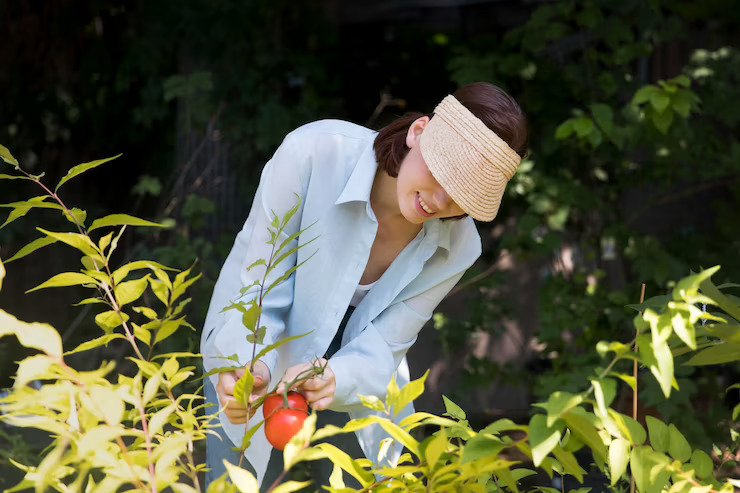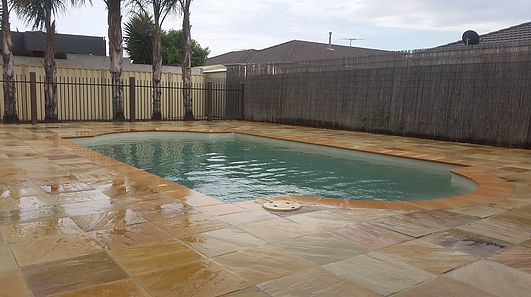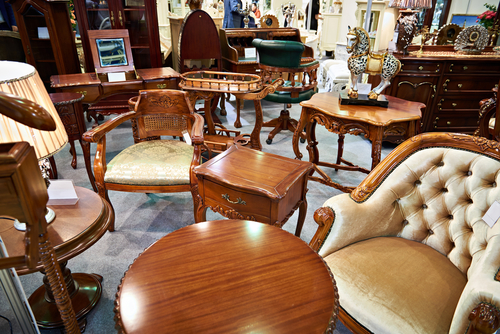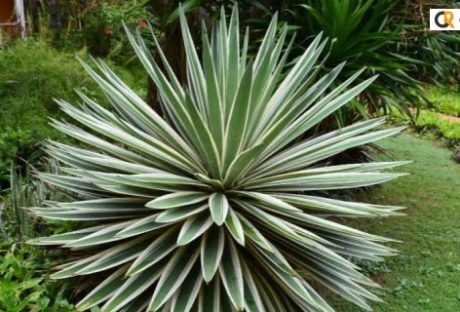Garden fences are an essential part of any outdoor space, providing privacy, security, and aesthetic appeal. One way to enhance the look of your garden fence is to plant greenery on it.
Not only does it add visual interest, but it can also provide shade and habitat for birds and other wildlife. However, planting and maintaining greenery on decorative garden fences can be challenging.
How To Maintain Greenery On Garden Fences?
Maintaining greenery on decorative garden fences addition is a beautiful and natural touch to your outdoor space. When it comes to maintaining greenery on garden fences, consider the versatility of custom window boxes. These personalized window boxes can enhance your garden’s aesthetic and provide a perfect space for your favorite plants.
Without proper care theses, the beautiful natural touch can look like a small wild bush. More than installing the fence panels, regular maintenance is required to ensure the long life of the fences. Check out cedarmountainfence.com for fencing repair and maintenance ideas.
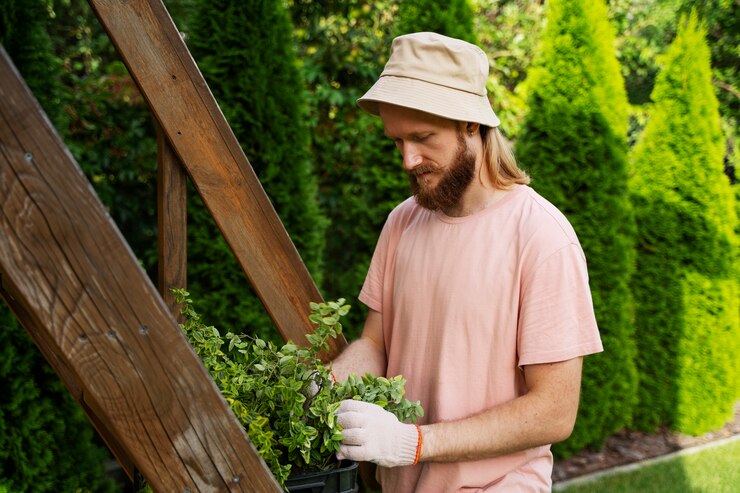
Let’s see the easy caring tips that do not require expert help. You can apply these tips on your own by using small and readily available tools.
1. Choosing The Right Plants For Your Garden Fence
The first step in planting greenery on your garden fence is to choose the right plants. When selecting plants, consider the amount of sunlight your fence receives and the soil quality.
Some plants, such as ivy and jasmine, are ideal for shady areas, while others, like clematis and morning glories, prefer sunny spots. You should also choose plants well-suited to your soil type and moisture levels.
It’s also important to choose garden fences and plants that will complement your existing landscaping and the style of your garden fence. Consider planting wildflowers or climbing roses if you have a rustic wooden fence. You might opt for succulents or grasses if you have a more modern fence.
2. Planting Your Greenery
Once you’ve chosen the right plants for your garden fences, it’s time to start planting. Before you begin, be sure to prepare the soil. Clear any present debris or weeds from the area, and amend the soil with compost or other organic matter to improve drainage and fertility.
When planting your greenery, be sure to follow the specific planting instructions for each plant. Some plants, such as climbing roses or ivy, may require a trellis or other support structure to climb up the big or small garden fences. Other plants, like clematis, may require regular pruning to keep them from becoming too heavy and damaging the fence.
3. Caring For Your Greenery
Proper care is essential for the health and longevity of your greenery. Be sure you are watering your plants daily, especially during hot and dry periods. Fertilize your plants as needed, following the specific instructions for each plant.
Regular pruning is also important to keep your greenery healthy and well-maintained. Be sure to remove any dead or diseased branches and prune back any overgrown areas that are crowding out other plants or obstructing your view.
4. Protecting Your Garden Fence
While planting greenery on your garden fences can be a beautiful and eco-friendly solution, it’s important to protect your fence from damage. Be sure to use plant ties or other support structures to prevent your plants from pulling down or damaging your fence.
You should also be aware of any potential pests or diseases that could harm your greenery or your fence. Be sure to monitor your plants regularly and take action if you notice any signs of infestation or disease.
5. Provide A Sufficient Amount Of Water And Nutrients
Make sure your plants receive enough water and nutrients to thrive. Consider using a slow-release fertilizer or compost to give your plants the necessary nutrients.
Regular pruning helps your plants to maintain their shape. And regular pruning also prevents them from becoming overgrown or damaged. Prune away dead or diseased branches, and remove any growth encroaching on other plants or structures.
Keep your eye out for pests and diseases which can damage your plants. Using the natural pest control methods, like companion planting or organic pesticides, keeps your plants healthy.
Conclusion
Planting greenery on your garden fence is a great way to add beauty and interest to your outdoor space. If you are concerned about deer damaging your garden, installing a deer fence from https://www.critterfence.com/hemp-drying-mesh by a professional can provide the protection you need while adding value to your property.
By choosing the right plants, planting them properly, and providing proper care and maintenance, you can create healthy and thriving garden fences that will enhance the look and feel of your outdoor space for years to come.
Read Also:













